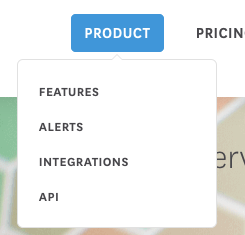‘Vendor lock-in’ has been around since the beginning of the hardware and software industries when companies had to choose their mainframe provider for the next decade, when consumers had to choose their external storage (remember the Zip drive?) or when users had to use iTunes to buy and transfer music to their iPhones.
Vendor lock-in refers to a situation where the cost of switching to a different vendor is so high that the customer is essentially stuck with the original vendor
Now in the Cloud era, this ‘vendor lock-in’ dilemma exists for each SaaS we integrate with, either we embrace it or fight it. Many development architects have discussed this generic subject, but barely none specifically for vendor lock-in for monitoring systems. I would like to discus that by comparing managed monitoring systems with the leading unmanaged open source Prometheus and Grafana stack.
Advantages of managed monitoring systems
Ease to onboard
When you are a startup in a growing stage or a mature company, you will always try to use managed services so you could focus on your core business development, so outsourcing your monitoring system makes sense. We see that need exists when we look at the growth in market value for the leaders in that domain.


















